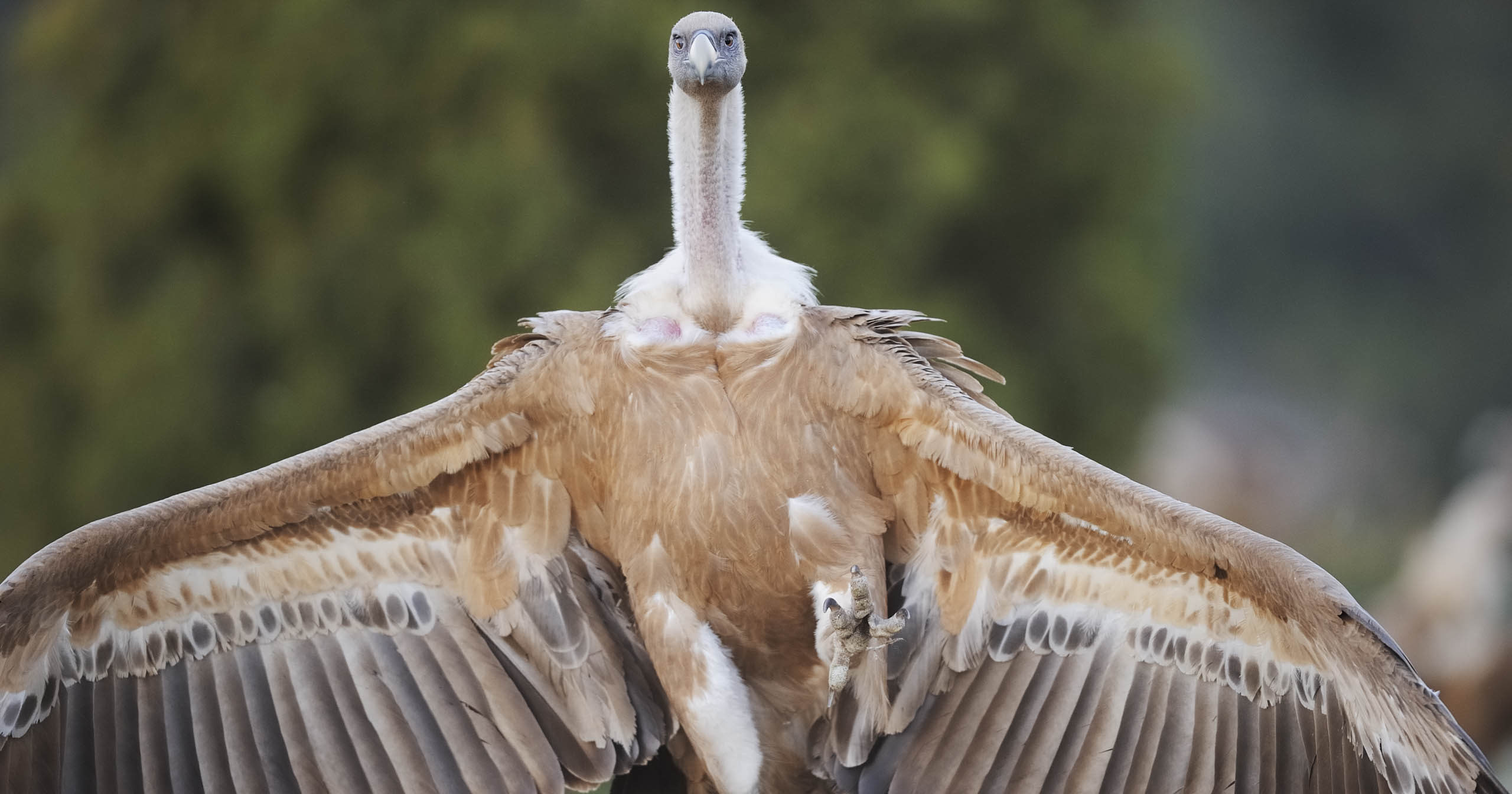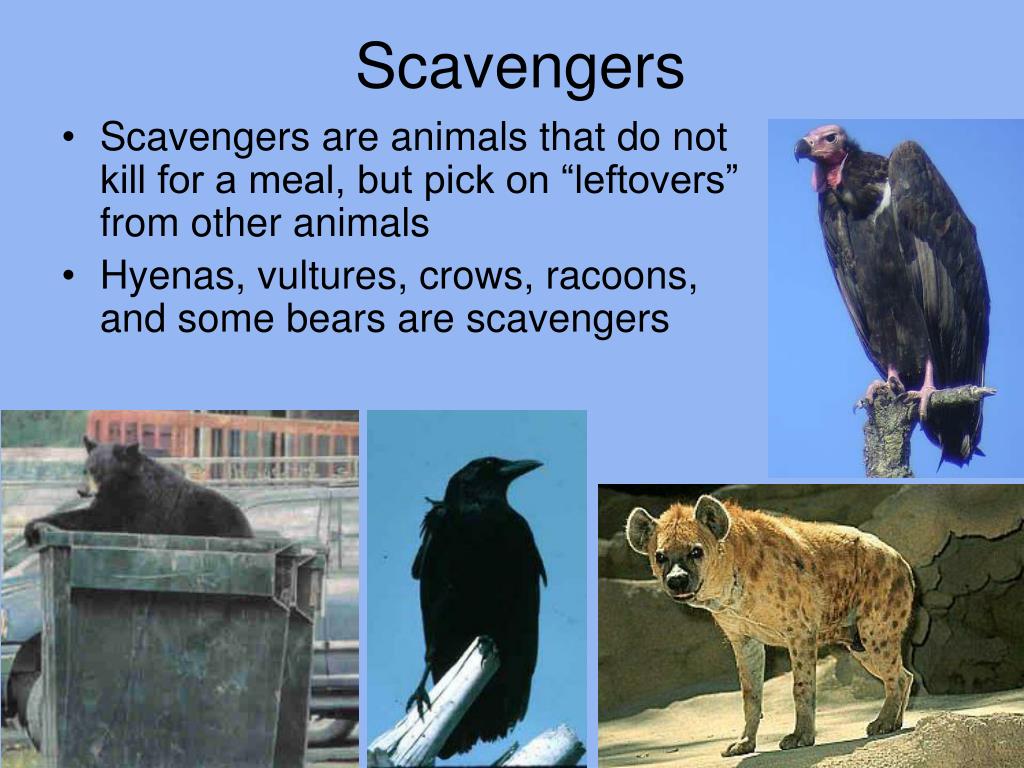
Make yourself look bigger by waving your arms and yelling.Face the bear, but don't look directly into its eyes.

Don't run- back slowly away and make lots of noise.If a bear changes its natural behavior because of your presence, you are too close! Never approach bears - they are wild animals.Pick up children or put them on your shoulders.Do not feed or toss food to a bear, or any other wild animal.Give a bear plenty of room to pass, and it usually will. If you see a bear in the distance, make a wide detour or leave the area.These steps may be helpful if you encounter a bear. This may turn a bear into a problem animal and will have to be dealt with aggressively sometimes at the expense of its life. A conditioned bear may associate people with food sources. Conditioned means the bear is used to be being around humans. A bear can be very dangerous if provoked or conditioned to people. Watch for bear signs: scat, claw marks, diggings, logs or stumps torn apart, etc.īear Encounters The primary concern is safety, both for the visitor and for the bear.Īlthough black bears rarely attack and generally avoid people, they are powerful animals and are capable of injuring or killing people.Make your presence known - wear a bear bell (call out).Hike in a group, keep children close at hand.Let someone know where you are going and when you plan to return.Wipe down table tops before vacating your site.Do not cook or store food in or near your tent.Never leave food or coolers unattended (unless inside a vehicle or hard-sided camper).Stainless-steel locks are easy for humans to open with a coin or screwdriver. Properly contain strong smelling items (toothpaste, bug repellent, soap, etc) in bear-resistant or airtight containers. These canisters are made from a strong ABS polymer with smooth sides and rounded edges so bears have nothing to grip onto.Properly dispose of all garbage (including fruit rinds and cores), aluminum foil (even from grills) and plastic wrap that have been used to cook/store food.They have been known to pry open car doors and windshields in search of food.Īvoid Attracting Bears At Campgrounds and Picnic Areas A bear can run 60% faster than the world's fastest sprinter. Bears' sense of smell and hearing are far superior to humans and their eyesight is at least as good.
ARE BEARS SCAVENGERS PATCH
White or pale patch on the throat or belly.

Development, particularly in and near mountains, fragments and disrupts their traditional habitat. A bear’s sense of smell is one of the strongest in the mammal world, which is a critical tool for an animal that must constantly eat for the summer and fall seasons to build up enough fat storage to sustain them as they hibernate through the winter months.īlack bear habitat spans the forested areas of the entire Northern Rockies and while the species has never been listed as endangered, it faces several conservation issues. They’ll consume anything with a scent, but especially bugs, berries, and other plants form a major portion of their diet. Generally, a grizzly bear is larger than a black bear however, a large male black bear can weigh up to 500 pounds or more.īlack bears are voracious foragers. Here are some distinguishing characteristics between black and grizzly bears:Ī grizzly bear will have a large, prominent hump at its shoulder, while a black bear’s shoulder will be more diminutive compared to its more prominent rump.Ī grizzly bear’s face and snout will be more concaved or dish-shaped, while a black bear’s snout is straight, and lacking the concave/dish shape.Ī grizzly bear’s ears appear shorter in relation to its head and body than the black bear’s.

For this reason, we shouldn’t assume brown bears are grizzlies. This often entices them out of the forest and into areas where they are vulnerable to conflicts with humans.īlack bears aren’t always black – they can be brown, cinnamon, or blond in addition to black. When they discover a food source, black bears may keep coming back to it repeatedly, even for years. Black bears are one of the smartest and most persistent scavengers.


 0 kommentar(er)
0 kommentar(er)
